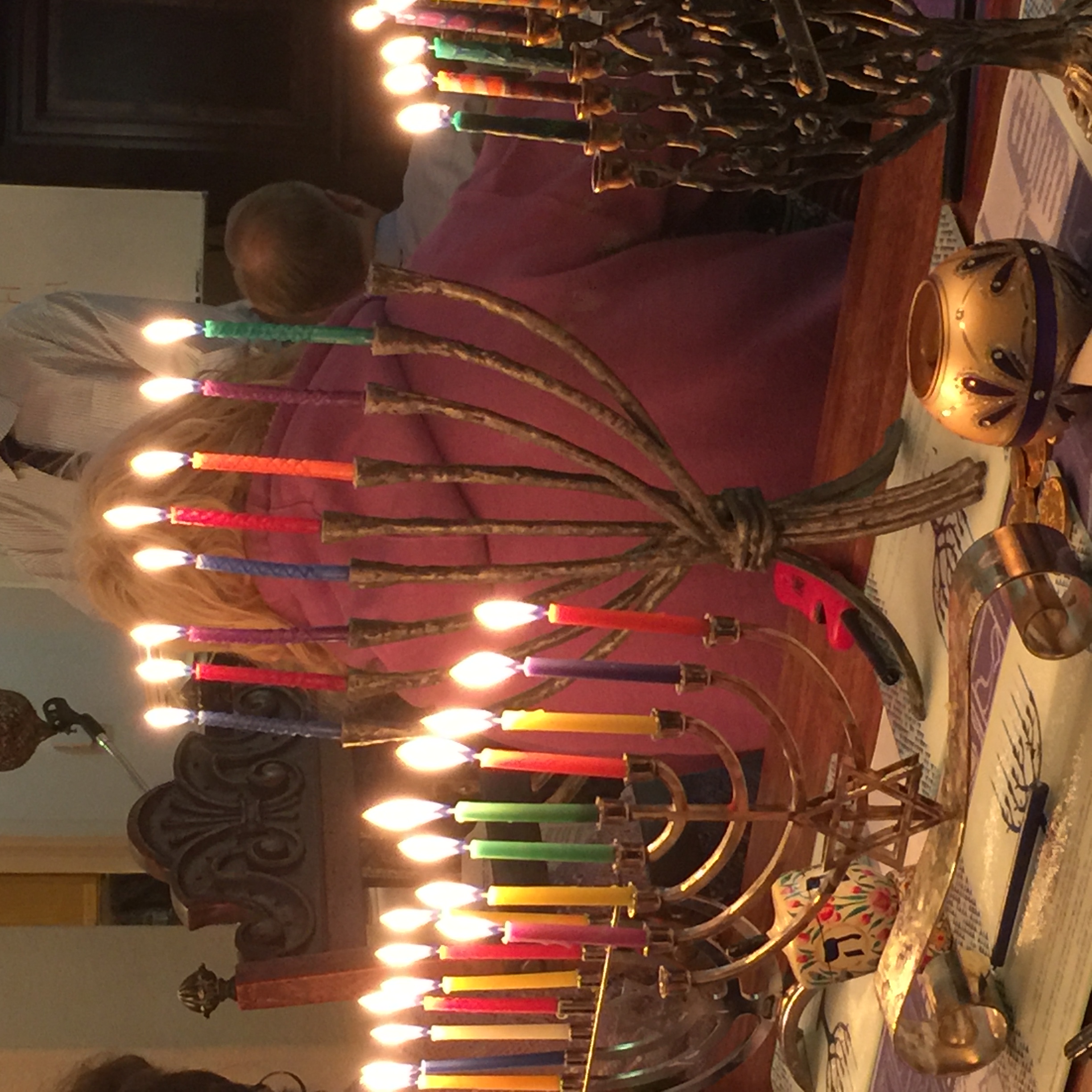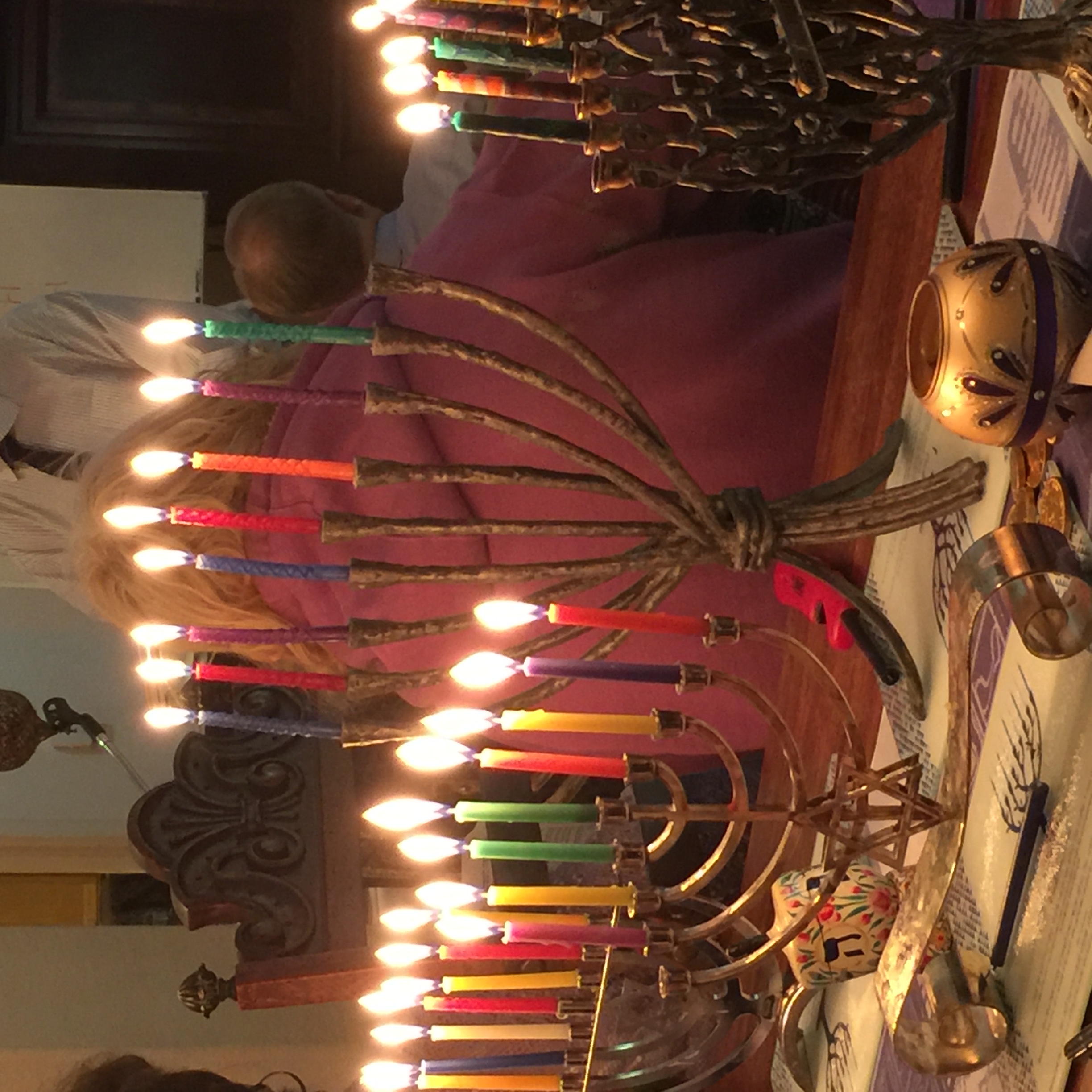Why is this year different from all others? (Gregorian Calendar explained)
The secular calendar we use was originally a religious calendar. It is officially known as the Gregorian Calendar and is  named for Pope Gregory XIII, who introduced it in 1582 to solve a religious problem.
named for Pope Gregory XIII, who introduced it in 1582 to solve a religious problem.
Christianity’s calendar problem had to do with the date of Easter. By the 16th century, scientists noted that because the average calendar year was slightly longer than the astronomical year, the holiday of Easter was forced into progressively later dates, violating the rule that Easter fall on the Sunday after the first full moon of spring.
To fix the problem, Pope Gregory’s calendar eliminated three leap years out of every four centuries. That tiny correction stopped the slow drift of the calendar through the cycles of the sun and the seasons.
The Gregorian Calendar is a solar calendar. The earth should be (more or less) in the same location relative to the sun each year on any given date. But not all calendars work like that.
The Islamic Calendar is a lunar calendar in which a year is made up of twelve lunar cycles with no regard for the position of the sun. As a result, Muslim holidays drift through the seasons – from spring, to winter, to fall, to summer and back again over a 33-year cycle.
The Hebrew Calendar, however, is a hybrid between solar and lunar calendars. Each month represents one lunar cycle, but we occasionally add a thirteenth month to the year to keep the calendar in sync with the sun and seasons.
That correction was, like the Gregorian Calendar, a response to a religious problem. According to the Torah, the holiday of Passover must fall in the season of spring (Exodus 23:15). By adding that extra month every few years, the Hebrew Calendar makes sure that Passover will not drift out of springtime, as it would in a purely lunar calendar.
However, because the Hebrew Calendar also is not a purely solar calendar, dates on the Hebrew Calendar do shift back and forth each year in relationship to a solar calendar. That is why Passover can begin anywhere from late March to mid-April.
This year of 5776 is a leap year and we are, right now, in the midst of the “extra month.” This month is called Adar Aleph, and it only occurs in seven of every 19 years. (Next month, Adar Bet, is the “real” Adar). There won’t be another Adar Aleph until 5779 (2019 in the Gregorian Calendar).
So think of it this way: This year, you get an extra month. Because the Jewish month of Adar is associated with joy, you are getting an extra 30 days this year to make your life a little bit happier. What will you do to make the most of it?
Amen.



